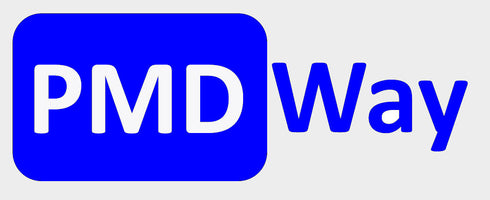Arduino Leonardo R3 Compatible Board with micro USB Cable
The Arduino Leonardo still lives thanks to the open-source design, and PMD Way has you covered with a range of boards. Leonardos are popular as along with being a useful development board, they can also emulate a USB HID (Human Interface Device) - such as a keyboard or mouse.
The Arduino Leonardo is a microcontroller board based on the ATmega32u4. It has 20 digital input/output pins (of which 7 can be used as PWM outputs and 12 as analog inputs), a 16 MHz crystal oscillator, a micro USB connection, a power jack, an ICSP header, and a reset button. It contains everything needed to support the microcontroller; simply connect it to a computer with a USB cable or power it with a AC-to-DC adapter or battery to get started.
The Leonardo differs from all preceding boards in that the ATmega32u4 has built-in USB communication, eliminating the need for a secondary processor. This allows the Leonardo to appear to a connected computer as a mouse and keyboard, in addition to a virtual (CDC) serial / COM port. It also has other implications for the behavior of the board; these are detailed on the getting started page.
This version of the Leonardo comes assembled and includes a micro USB cable.
Technical specifications
| Microcontroller | ATmega32u4 |
| Operating Voltage | 5V |
| Input Voltage (recommended) | 7-12V |
| Input Voltage (limit) | 6-20V |
| Digital I/O Pins | 20 |
| PWM Digital I/O Pins | 7 |
| Analog Input Pins | 12 |
| DC Current per I/O Pin | 40 mA |
| DC Current for 3.3V Pin | 50 mA |
| Flash Memory | 32 KB |
| Flash Memory for Bootloader | 4 KB |
| SRAM | 2.5 KB |
| EEPROM | 1 KB |
| Clock Speed | 16 MHz |
| Lenght | 68.6 mm |
| Width | 53.3 mm |



